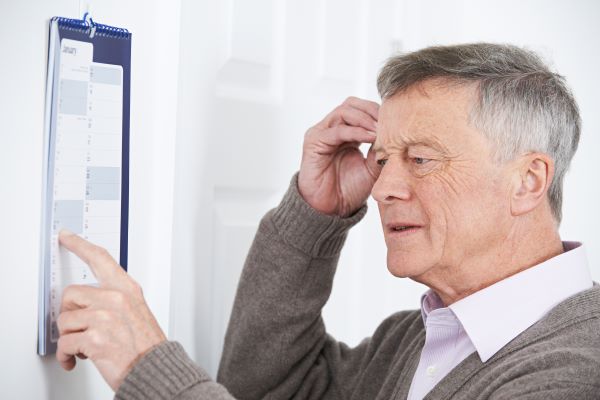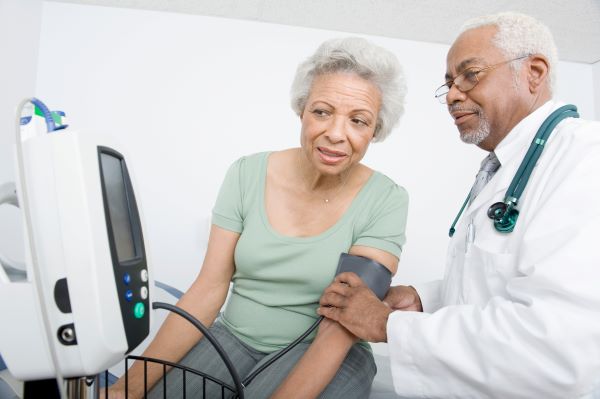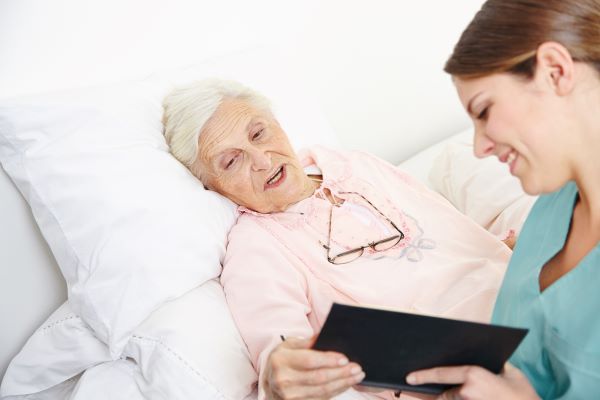In America, aging in place has become the norm for many aging adults. Nearly all…
Home Health Care and Technology Benefits for Veterans
The Department of Veterans Affairs (VA) has become an unlikely and innovative pioneer in the quest to provide cost-effective, quality in-home care for veterans. Although the agency has long been mired in controversies surrounding its programs, particularly arbitrary caregiver dismissals, the home health services sector of the VA has long been touted as an overall success story.
This innovation has seen home-based primary care for veterans quadruple since 2000, and all VA medical centers throughout the US now have a palliative care program as well. The VA Medical Foster Home program care has expanded from a pilot to a national program, recognized in at least 45 states and providing veterans housing as well as in-home care. These success stories are great news for veterans and a must for the Veterans Administration partially because the median age of a veteran is now 64 and the US aging veteran population is growing even faster than the senior civilian population.
It is not just the “newcomer” seniors straining the VA health care system. Nationwide the 85 plus population is on track to increase 70% from 2000 to 2020 according to the US Department of Health and Human Services. The overall unsustainability of the US health care system has forced the hand of the VA, and there is no more cost-effective way than through subsidized, at home family and community-centered health care and technology to meet veterans’ care needs.
The Official Blog of the U.S. Department of Veterans Affairs reports that Telehealth is revolutionizing veteran care and providing high-quality treatment for them. The VA Video on Demand is delivering convenient, accessible health care particularly to those 24 plus percent of veterans who live in rural and remote access locations. Telehealth is also important for those veterans who are disabled. Although a veteran might live in a city they might be unable to get themselves to a medical center for an appointment.
Assisted living technologies for veterans include assistive mobility equipment which is an ever-expanding category including wheelchairs, all-terrain vehicles, exoskeletons, and in-home ceiling track mobility systems continue to be refined and specialized to meet the individual veteran’s needs. The Veterans Administration awards grants to develop technology to assist veterans and service members in modifying their homes. Adapted computer access and electronic aids to daily living and environment control units (personal assistants) provide customized interactive abilities for veterans.
Electronic cognitive devices help veterans who struggle with activities of daily living (ADL). These devices include personal digital assistants (PDAs), smartphones, pocket personal computers (pocket PCs) and other handheld devices, global positioning systems (GPS), reminder watches, pagers with reminder features, and digital voice recorders. The use of these devices helps a veteran stay on schedule with medications as well as stay connected with family, friends, and their medical monitoring community. Those veterans with Post Traumatic Stress Disorder (PTSD) are further helped with their ADLs when robots with artificial intelligence (AI) are introduced into their environment. These AI “tech bots” are capable of reading human facial expressions and can identify when a veteran is feeling particularly stressed, isolated, angry, or depressed. The robot can upload the information to the veteran’s caregivers thus alerting them to the need for human intervention. Wearable sensors can also alert a caregiver or medical professional when vital signs are outside of a normal, healthy range.
The VA will provide a payment to disabled veterans toward the purchase of a car or other transportation and additionally will pay for adaptive equipment, repair, reinstallation or replacement of necessary equipment due to disability. If a veteran has lost the use of at least one foot, hand, or has a permanent impairment to their vision or severe burn injuries or immobile joints that their limit mobility the VA will help to fund the adaptation of the vehicle to make it fully operational to the veteran. The same holds with regards to some sports and recreation equipment as well.
While the latest technology brings benefits to all seniors opting to age in place, the veteran community can especially benefit. Many veterans would like the peace of mind and comfort of aging without combat or noncombat injury so inherent to military service. Some of the aging in place obstacles they must overcome are extreme, commensurate with the injuries (psychological and physical) they have endured. Navigating the benefits that are available to a senior veteran can be stressful and complicated if you are not well versed in the process.
Our firm helps Veterans understand and apply for eligible benefits. If you have questions about available benefits contact our Auburn, Indiana office today and schedule an appointment to discuss how we can help you with your planning.
You can visit us at https://nugenlaw.com or by phone at 260-925-3738.



